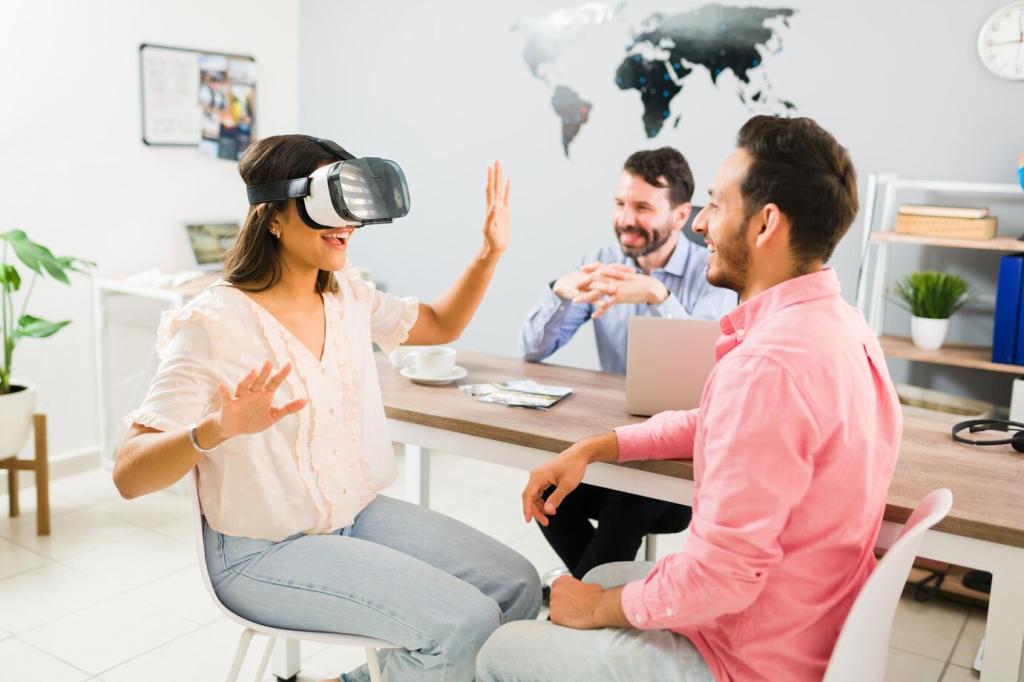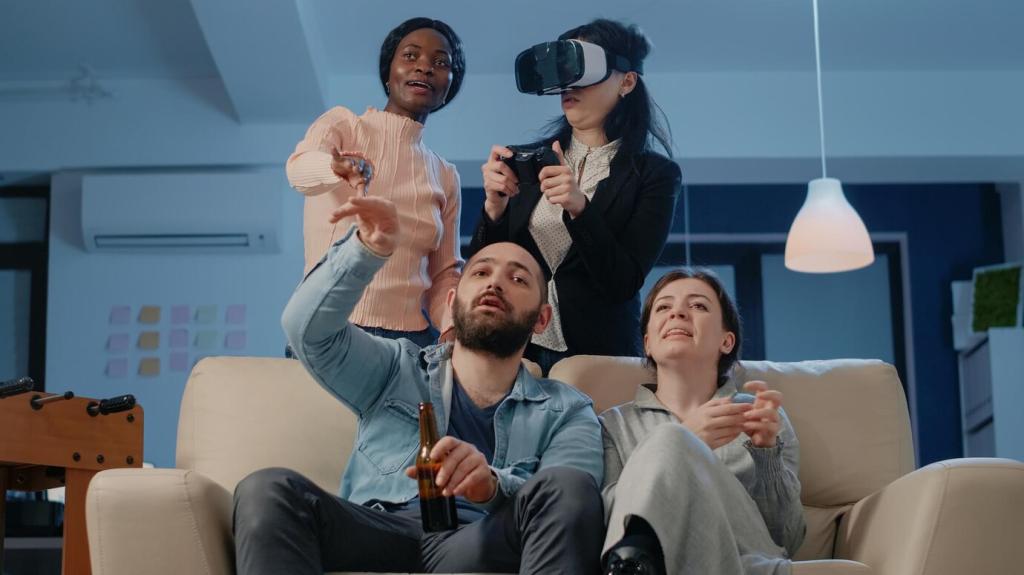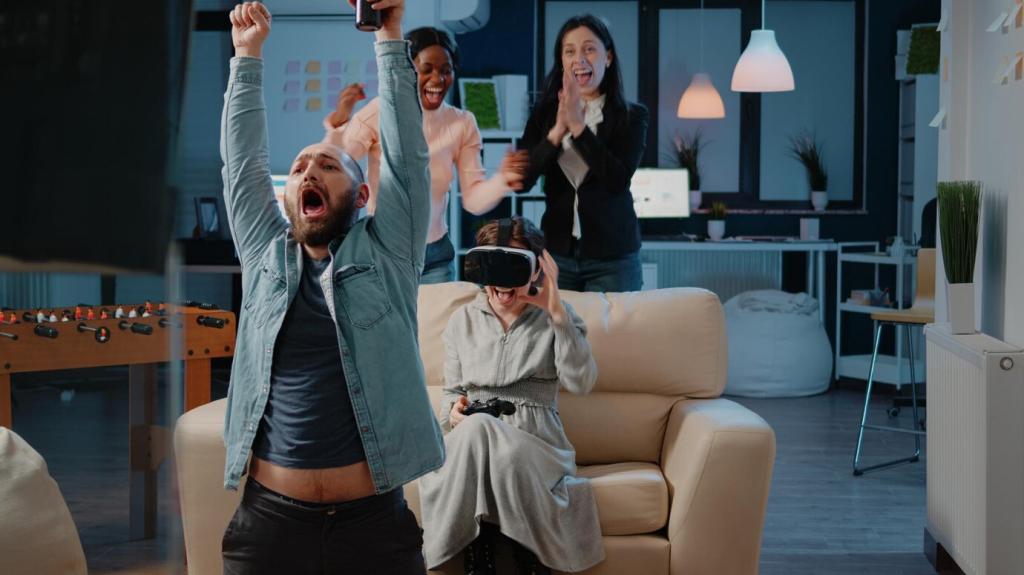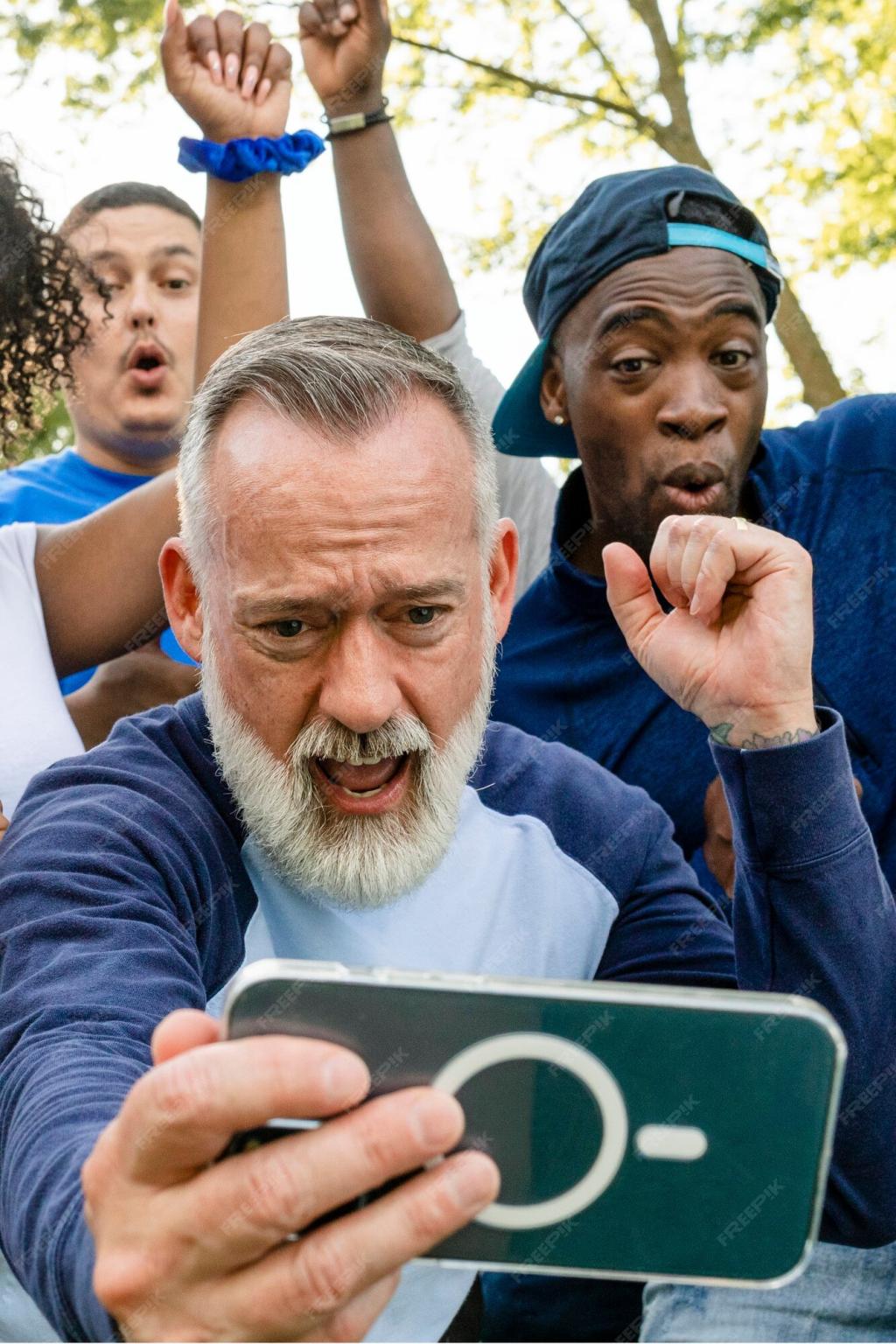
Bridging Worlds: Cross-Cultural Communication in Virtual Reality Platforms
Chosen theme: Cross-Cultural Communication in Virtual Reality Platforms. Step into immersive spaces where gestures, voices, and shared presence connect people across borders. Explore practical strategies, warm stories, and research-backed tips to make every virtual encounter more inclusive, respectful, and genuinely human—then join the conversation and help shape our global VR community.

Why VR Transforms Cross-Cultural Dialogue
In virtual reality, posture, eye direction, and spatial movement communicate intent long before words do. This embodied presence helps strangers from different cultures build trust faster, especially when traditional cues—like tone or facial expressions—are translated through avatars and spatial audio rather than flat screens.
Designing Inclusive Avatars and Shared Spaces
Offer diverse skin tones, hairstyles, cultural attire, and accessibility options without stereotyping. Allow users to toggle between expressive realism and abstract styles, since some cultures prefer symbolic representation for privacy or modesty. Include adjustable facial animation, body types, and mobility aids to normalize difference and celebrate authentic presence.
Designing Inclusive Avatars and Shared Spaces
Proxemics vary widely. Provide configurable personal space bubbles, adjustable seating distances, and clear indicators for consent to approach. Visual cues—like floor rings or subtle particle halos—help newcomers learn comfortable distances without embarrassment. These gentle affordances protect dignity while teaching cross-cultural comfort zones by example.

Accents, Identity, and Respect
Accents carry history and pride. Encourage slow, deliberate speech and clear turn-taking so voices are not flattened by processing. Provide gentle reminders about idioms and humor that may not translate. Celebrate linguistic diversity with optional name tags that include pronouns and language preferences to reduce awkward guesswork.
Translation Latency and Trust
Even a one-second delay can derail momentum. Build pauses into facilitation, use visible “speaking” indicators, and summarize key points twice. Encourage participants to rephrase rather than repeat louder. Normalizing patience turns latency from a barrier into a shared rhythm that respects different processing speeds and languages.
Try This Translator Etiquette Checklist
Before sessions, test microphones, confirm primary languages, and agree on paced turn-taking. During discussions, pause after complex sentences, avoid slang, and ask for confirmations. Afterward, capture glossaries of recurring terms. Share your checklist in the comments so others can refine it for their own multilingual communities.



Stories from Classrooms, Studios, and Festivals
Design students met weekly in VR to prototype furniture inspired by neighborhood rituals. Misunderstandings about bowing and handshakes became a playful learning module. By the final showcase, their joint pavilion blended bamboo textures with samba-infused color palettes, proving curiosity can turn friction into friendship.
Stories from Classrooms, Studios, and Festivals
A distributed team adjusted meeting windows for Ramadan and Diwali, adding quiet reflection pods to their virtual office. Productivity rose because members felt seen. The space’s sunrise lighting preset became symbolic—reminding everyone that considerate timing is a core technology of cross-cultural communication, not an afterthought.

Meaningful Participation Indicators
Track speaking-time parity, newcomer retention, and the diversity of who places objects, leads tours, or draws on shared boards. If the same few voices dominate, your design or facilitation likely needs adjustment. Use heatmaps to discover whether certain zones or tools discourage equitable engagement.

Qualitative Signals That Matter
Collect short voice notes after sessions, mapping emotions to moments—confusion, delight, discomfort. Pair these with transcript snippets to identify cultural friction points. Longitudinal diaries from participants can reveal whether trust deepens over weeks, not just minutes, inside your virtual spaces.

Poll: Which Metric Guides You?
Comment with the one metric you would keep if you had to drop the rest. Is it return rate, speaking balance, conflict resolution time, or sentiment change? We will feature community favorites in a future issue, with templates you can adapt to your own platform.
Toolkit: Practices You Can Use Today
Begin with a cultural comfort round: preferred greetings, camera or avatar style, and language supports. End with a debrief asking what felt respectful, confusing, or delightful. These bookends build shared vocabulary and continually tune your space for evolving community needs.
Toolkit: Practices You Can Use Today
Create a gentle guide to common gestures, icons, and emojis that might misfire across cultures. Include neutral alternatives and context notes. Updating the glossary with community feedback turns learning into a collaborative tradition that grows alongside your virtual reality platform.
Toolkit: Practices You Can Use Today
Join our newsletter for facilitation scripts, onboarding checklists, and activity ideas designed for cross-cultural communication in virtual reality platforms. Reply with topics you need most, and we will tailor upcoming issues to your classrooms, creative studios, or remote teams.
Future Horizons: Haptics, AI Mediators, and Ethics
01
Haptic gloves can convey warmth or pressure, yet these sensations map differently across cultures. Offer adjustable intensity, clear consent flows, and cultural presets. A respectful default today prevents accidental offense when tomorrow’s tactile fidelity feels indistinguishable from physical contact.
02
Imagine an AI gently suggesting slower pacing, clarifying idioms, or recommending spatial rearrangements to balance participation. To earn trust, such systems must be transparent, opt-in, and auditable—supporting human dignity rather than replacing human judgment in sensitive cross-cultural moments.
03
We are forming community advisory groups to test haptic presets, translation etiquette, and moderation dashboards. Comment with your background and interests. Together, we can shape virtual reality platforms that honor cultural nuance while expanding the joy of global collaboration.
